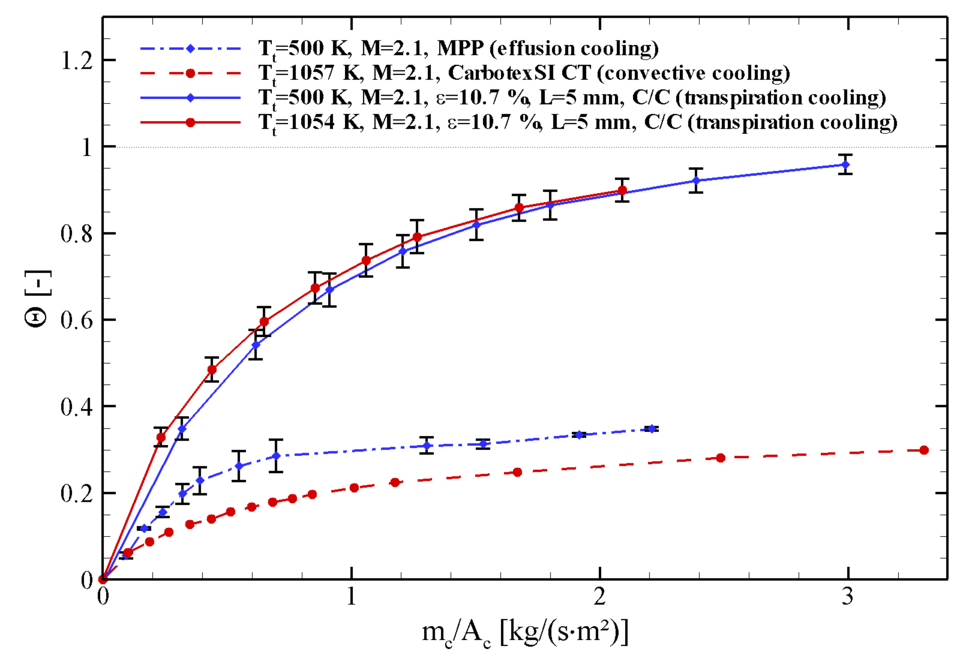Advanced Material Development for Aero-Frame and Combustor Structures
A. Durability and Integration Technologies for Aero-Frame Materials
Both metallic and non-metallic materials are considered for the airframe-structure. The titanium matrix composites (TMC) and nickel based hollow sphere stackings (HSS) are investigated for use as (semi-)cold structure or as sandwich panel with good cooling and acoustic damping capabilities. The non-metallic class will focus on Ultra-High Temperature Ceramics (UHTC) and Ceramic Matrix Composites (CMC).
As there will be a considerable temperature difference between the internal compartments and the aerodynamically heated outer skin of the hypersonic vehicle, different design possibilities of integrating the outer skin panels and the cold substructure needs to be explored. Proven know-how is extensive for re-entry applications but not for hypersonic spacecraft demanding long lifetimes. This technology is under adaptation to civil hypersonic travel. Different aspects like e.g. inspection accessibility, exchangeability or fatigue considerations need to be assessed.
B. Durability and Integration Technologies for Combustor Materials
The high thermally loaded walls of the propulsion units require particular material development. Both metallic and non-metallic materials are considered for the different combustor components. CMC-based combustors with transpiration and/or regenerative cooled walls were shown to have a great potential as light-weight material combined with active cooling. However life-time and durability need to be proved to ensure their applicability for the defined goals. Nozzle parts or other heat loaded panels can be accommodated for by sandwich panels which have a high-temperature resistant core based on Ni-HSS. They have the additional possibility to act as cooled panel with good acoustic absorption.
C. Integration and Testing of (Un)Cooled Injectors
Injectors have to face a severe thermo-mechanical environment: aerodynamic loading due to the incoming air flow, very high temperature, high internal fuel pressure, etc. In addition, the final application requires very thin pieces to be efficient. UHTCs appear very promising as uncooled fuel injectors used within airbreathing propulsion units. Another approach is the use of porous CMC which is fuel-cooled by transpiration. Each type of injector will be experimentally exposed to a really harsh combustion environment within the SMR dual-mode ramjet combustion chamber METHYLE.








